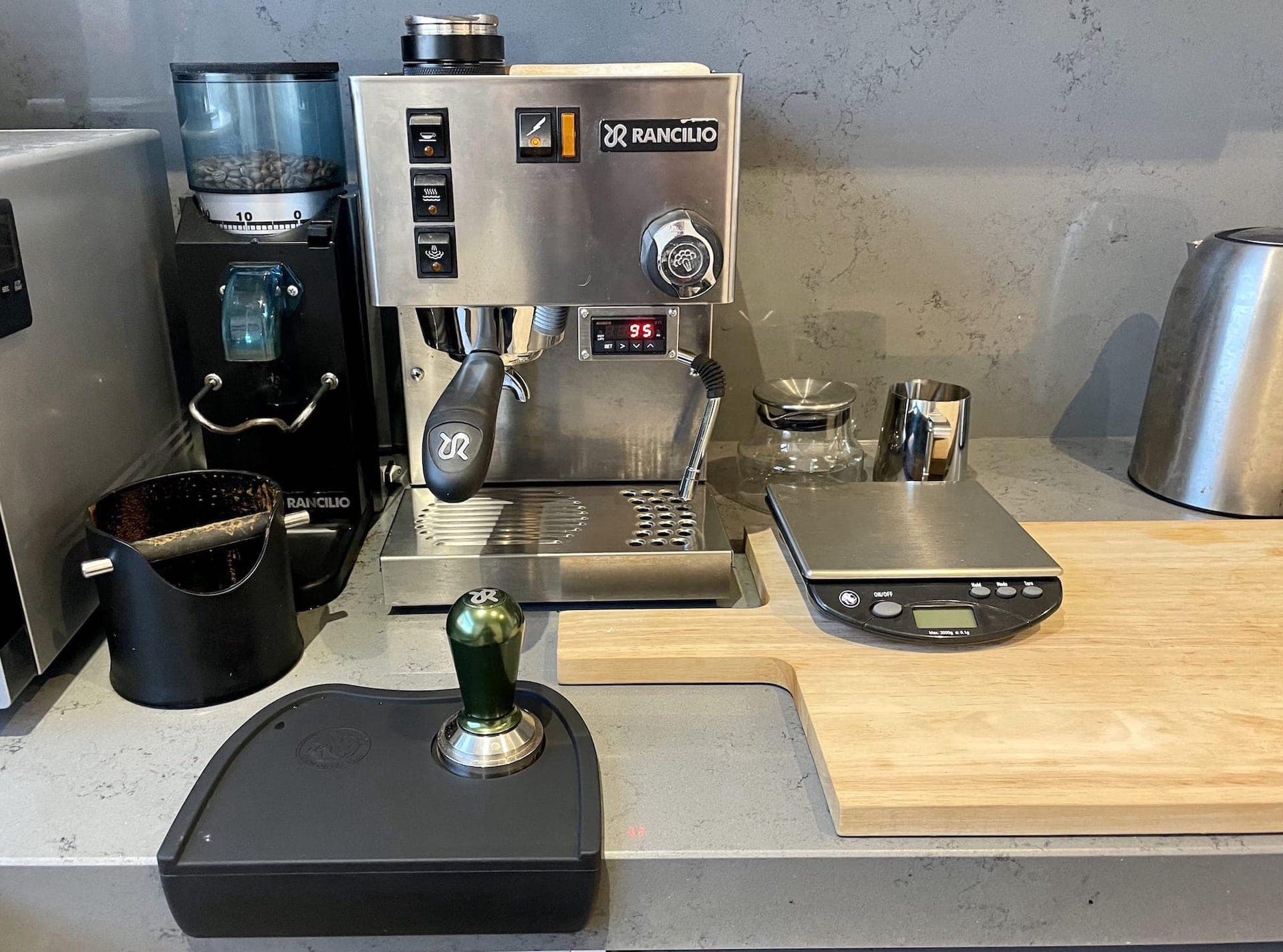The State of Android in 2016 & The OnePlus 3 Phone
I wanted to try Android for a couple of weeks, I like staying on top of technology, gadgets and making sure I never become a blind ‘zealot’ for any platform or brand.
The OnePlus 3
I did a lot of research and decided to try the “Oneplus 3” as it was good bang-for-buck, ran the latest software had plenty of grunt with the latest 8 core, high clock speed Qualcomm processor coupled with 6GB of DDR4 - the specs really are very impressive, especially for a $400USD phone.
Hardware wise the unit is lovely, not as high build quality as my iPhone 6s+ but not nearly as bad as the Samsung Galaxy S3 or other Samsung devices I had tried in the past.

Hardware
The Good
- Hardware wise the OP3 felt like it was designed with more care than any other Android phone I’d spent any fair amount of time.
- USB-C connectivity is great to see on a phone, it feels right at home on the device and opens a world of opportunities for accessories assuming the OS supports them.
The Bad
- The camera felt about as a good as an iPhone 4s which is now quite dated technology.
- Wireless AC performance was just over 1/2 that of my iPhone 6s+.
The Ugly
- While I loved that the phone used USB-C I was very disappointed to find that it was actually only USB 2.0.
- The 4G LTE only gained about 2/3 - 1/2 the performance of my iPhone 6s+ in the same location and on the same network.
The Software
The Good
- The OS looked pretty, at first.
- I was please to see that the OP3 used block level encryption by default.
- The OP3 had SELinux enabled, although I’m not sure what policies were in use.
- The device was fast and responsive at all times.
The Bad
- I started installing apps and finding my way around the OS very quickly felt messy and like a chore.
- I noted that the general ‘quality’ of android apps felt quite poor.
- Nothing seemed to integrate very well, there was a real feeling that minimal time had been spent on the idea of usage flow on the interface.
- If at all and a lot of apps felt like they hadn’t been maintained for quite some time despite being the ’the best option’ available.
- Notifications seemed to annoy me more often than they did notify me of important things.
- Battery life was about 1/2 that of my iPhone 6s+, although I was using it quite extensively.
The Ugly
- The platform was ridding with Google specific apps, and it tries really hard to make you use them whenever possible.
- Many apps required root access to the phone which is not something I wanted to do, similar applications on iOS did not require ‘jailbreaking’ which I have not done in many years, nor felt the need to.
I had a go at disconnecting my from the clutches of Google first by trying not to sign into any of their applications and disabling all the information reporting in settings, I felt like I was a bit like how iOS was back in the iPhone 3G days when you had to root the phone to do half the things you wanted.
I then ended up flashing a custom rom that was pretty much stock, but without the good stock apps, I had to install the Google App Store and create an account which I think is fair enough because I couldn’t be bothered dropping custom downloaded apks and using that dreadful android transfer tool from my laptop which seems to work 4/5 times you plug your phone in, but like a lot of the apps in the ecosystem - felt very ‘javaish’ (pun slightly intended).
Final Words
The OP3 is a very impressive piece of hardware for $400 USD but I’m left with the feeling that Google’s platform is fragmented and lacking work-flow and I was left with the over all feeling that Google was watching my every move, I don’t know if it’s true or not but I certainly felt like I was Google’s product, not the OS.
I look forward to a usable, non-Android Linux OS image becoming available hopefully in the near future, then it’d be a handy device for tethering with and for mobile security analysis.




